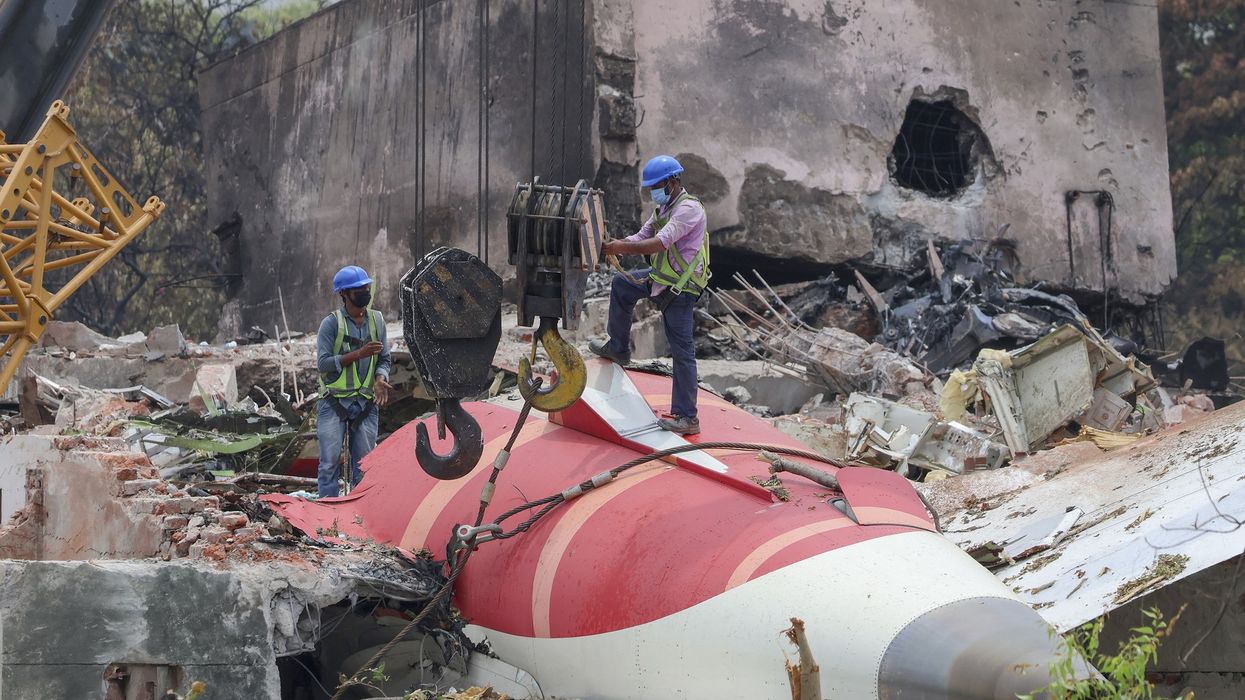Florida has commenced construction on a new, temporary migrant detention center known as “Alligator Alcatraz,” situated deep within the Everglades. This remote, ecologically sensitive wetland—home to alligators, crocodiles, and pythons—will serve as a natural barrier for the facility, which is designed to minimize the need for traditional security infrastructure.
The site, a repurposed airstrip about 45 miles west of Miami, will feature large tents for migrants and trailers for staff, echoing the setup of disaster relief sites.
Capacity, Costs, and Federal Funding
The “Alligator Alcatraz” facility is projected to house up to 5,000 migrants at full capacity and will cost an estimated $450 million annually to operate. The Department of Homeland Security (DHS) has indicated that much of this expense will be covered by funds from the Federal Emergency Management Agency’s (FEMA) Shelter and Services Program—resources typically reserved for disaster response. The average cost per detainee is expected to be $247 per day, higher than the national average, reflecting the logistical challenges of the site.
Political Context and Rapid Rollout
The project is part of a broader push by President Donald Trump’s administration and Florida Governor Ron DeSantis to expand immigration detention and accelerate deportations.
The number of people in federal immigration detention has surged from 39,000 at the start of Trump’s current term to over 56,000 as of mid-June, prompting urgent efforts to find additional capacity. Governor DeSantis, invoking emergency powers, authorized the takeover of the Everglades airstrip for this purpose, bypassing typical legislative and local oversight.
Florida Attorney General James Uthmeier, a key proponent, stated that the facility could be partially operational within 30 to 60 days, initially accommodating up to 1,000 detainees before scaling up. Uthmeier emphasized that the Everglades’ harsh environment would deter escape, likening the isolation to the infamous Alcatraz prison.
Environmental and Human Rights Concerns
The rapid development of the detention center has alarmed environmentalists and human rights advocates. Critics argue that the project threatens the fragile Everglades ecosystem and raises ethical concerns about detaining migrants in such inhospitable conditions. The facility’s location, surrounded by swamps and wildlife, has been described as “cruel and inhumane” by some advocacy groups.
Broader Immigration Enforcement Trends
“Alligator Alcatraz” is emblematic of a nationwide trend toward expanding detention capacity to meet the Trump administration’s goal of mass deportations. The administration aims to more than double the number of available detention beds, with Congress considering substantial increases in funding for immigration enforcement. Florida’s new facility is expected to play a central role in these efforts, with state and federal authorities collaborating closely to operationalize the site by early July.
In summary, Florida’s “Alligator Alcatraz” represents a significant escalation in the state’s and federal government’s approach to immigration enforcement, combining logistical innovation with controversial use of natural barriers and federal disaster funds to rapidly expand detention capacity in the Everglades















